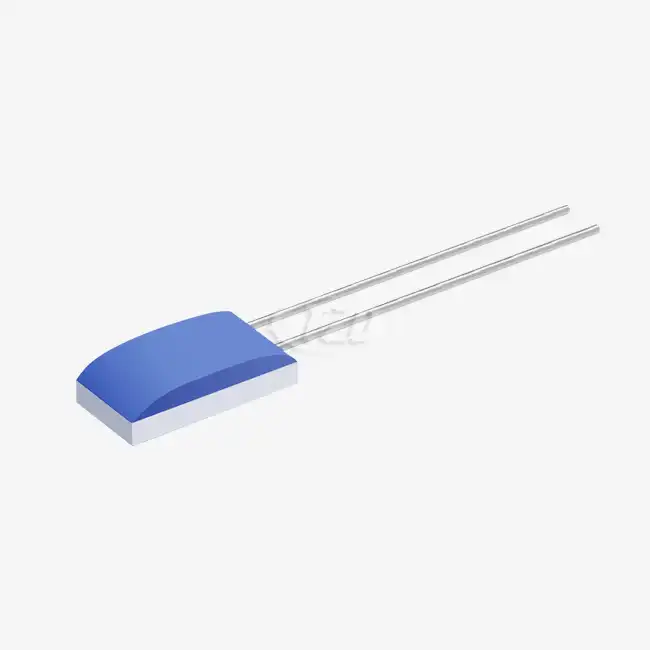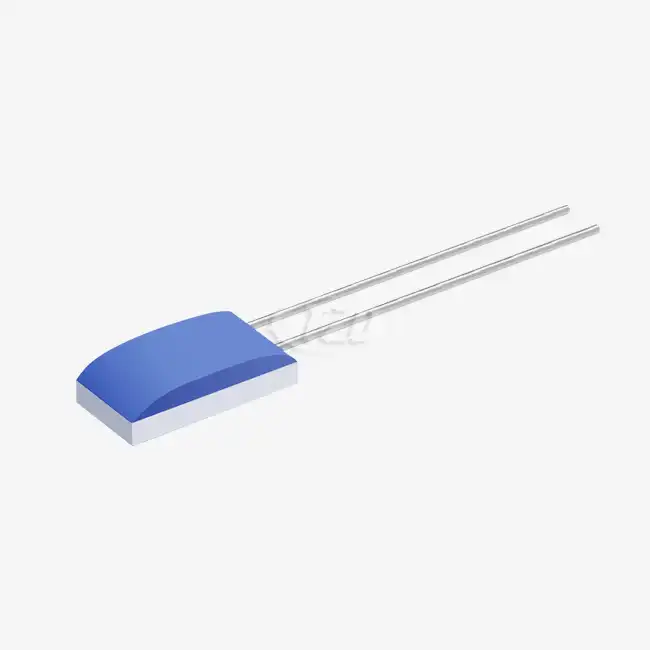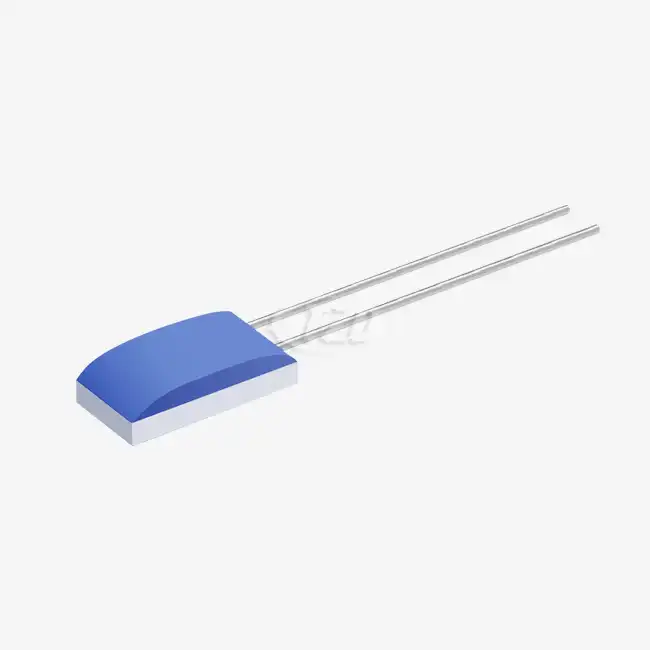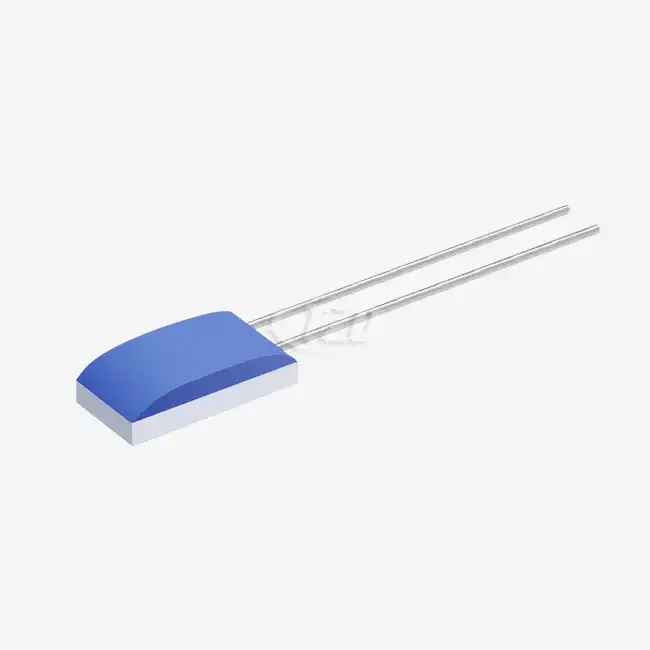Understanding the Pt1000 Temperature Sensor: Principles and Characteristics
The Pt1000 temperature sensor operates on the fundamental principle of temperature-dependent resistance in metals. As temperature increases, the resistance of the platinum element rises in a highly linear and predictable manner. This relationship between temperature and resistance forms the basis for precise temperature measurements.
Key characteristics of Pt1000 sensors include:
- High Accuracy: Pt1000 sensors offer exceptional precision, with typical accuracies of ±0.01 Ω, translating to temperature measurements within fractions of a degree.
- Wide Temperature Range: These sensors can measure temperatures from -200°C to +850°C, making them versatile for various applications.
- Excellent Stability: With a long-term stability drift of ≤0.04% after 1000 hours at 500°C, Pt1000 sensors maintain their accuracy over extended periods.
- Fast Response Time: In optimal conditions, such as water flow at 0.4 m/s, Pt1000 sensors can achieve response times as low as 0.05 seconds for 50% of the total temperature change.
The temperature coefficient of resistance (TCR) for Pt1000 sensors is typically 3850 ppm/°C, adhering to the IEC60751 standard. This standardization ensures consistency and interchangeability across different manufacturers and applications.
Construction and Design
Pt1000 sensors are meticulously crafted to ensure optimal performance and long-term reliability in temperature measurement applications. At the heart of the sensor is a thin film of platinum, carefully deposited onto a ceramic substrate, forming the sensitive element. These sensing elements come in various standard dimensions, such as 2.0mm x 2.3mm x 1.0mm and 2.0mm x 4.0mm x 1.0mm, tailored for different installation needs. The attached leads, which serve as the electrical connection to measurement circuits, are usually made from platinum-nickel wire, although silver-palladium or pure silver may be used to meet specific application demands. Typically, these leads are 10 mm in length and 0.2 mm in diameter, offering a tensile strength of at least 9 N to ensure robust and secure connectivity even under mechanical stress.

Applications and Advantages of Pt1000 Temperature Sensors
Pt1000 temperature sensors find applications across a diverse range of industries due to their superior performance characteristics:
Industrial Process Control
In industrial environments, Pt1000 sensors serve an essential function by accurately monitoring and regulating temperatures in various applications, such as manufacturing operations, chemical processing, and heating systems. Their superior precision and long-term stability make them highly reliable for maintaining consistent thermal conditions, which in turn enhances product quality, optimizes system performance, and contributes to overall energy efficiency.
Medical and Laboratory Equipment
The medical field relies on Pt1000 sensors for applications requiring exact temperature measurements, such as in incubators, sterilization equipment, and diagnostic devices. The sensors' quick response time and accuracy are vital for maintaining optimal conditions in these critical environments.
Automotive and Aerospace
Pt1000 sensors are employed in vehicle engine management systems and aircraft environmental control systems. Their ability to withstand vibrations (≥40g acceleration in the 10–2000 Hz range) and shock (≥100g acceleration for 8 ms half-sine wave) makes them ideal for these demanding applications.
Environmental Monitoring
In weather stations and climate research, Pt1000 sensors provide reliable temperature data over extended periods. Their wide temperature range and excellent long-term stability contribute to accurate climate modeling and weather predictions.
The advantages of Pt1000 temperature sensors include:
- Linearity: The resistance-temperature relationship is highly linear, simplifying calibration and measurement processes.
- Interchangeability: Standardized characteristics allow for easy replacement without recalibration of the entire system.
- Low Drift: Minimal resistance drift over time ensures consistent measurements over extended periods.
- Versatility: The wide temperature range and robust construction make Pt1000 sensors suitable for diverse applications.
Considerations for Implementing Pt1000 Temperature Sensors
While Pt1000 sensors offer numerous advantages, several factors should be considered for optimal implementation:
Self-Heating Effects
Pt1000 sensors typically operate with currents between 0.1–0.3 mA to minimize self-heating effects. The self-heating coefficient of 0.4°C/mW at 0°C should be accounted for in high-precision applications. Proper current selection and thermal management are crucial for maintaining accuracy.
Environmental Conditions
The sensor's performance can be influenced by environmental factors such as humidity, electromagnetic interference, and mechanical stress. Proper shielding and mounting techniques should be employed to mitigate these effects. The high insulation resistance (100 MΩ at 20°C, >2 MΩ at 500°C) helps maintain accuracy in challenging environments.
Calibration and Maintenance
Regular calibration is essential to ensure continued accuracy, especially in critical applications. While Pt1000 temperature sensors exhibit excellent long-term stability, periodic verification and recalibration may be necessary depending on the specific use case and regulatory requirements.
Integration and Signal Processing
The integration of Pt1000 sensors into measurement systems requires careful consideration of signal conditioning and processing. High-quality analog-to-digital converters and appropriate linearization techniques are necessary to fully leverage the sensor's accuracy potential.

Conclusion
Pt1000 temperature sensors represent a pinnacle in temperature measurement technology, offering unparalleled accuracy, stability, and versatility. Their wide adoption across industries testifies to their reliability and performance. As technology continues to advance, Pt1000 sensors are likely to remain at the forefront of precision temperature measurement, adapting to new challenges and applications.
For more information about intelligent sensor chips and Pt1000 temperature sensors, please contact us at sales11@xatzd.com. Our team of experts is ready to assist you in finding the perfect temperature sensing solution for your specific needs.




